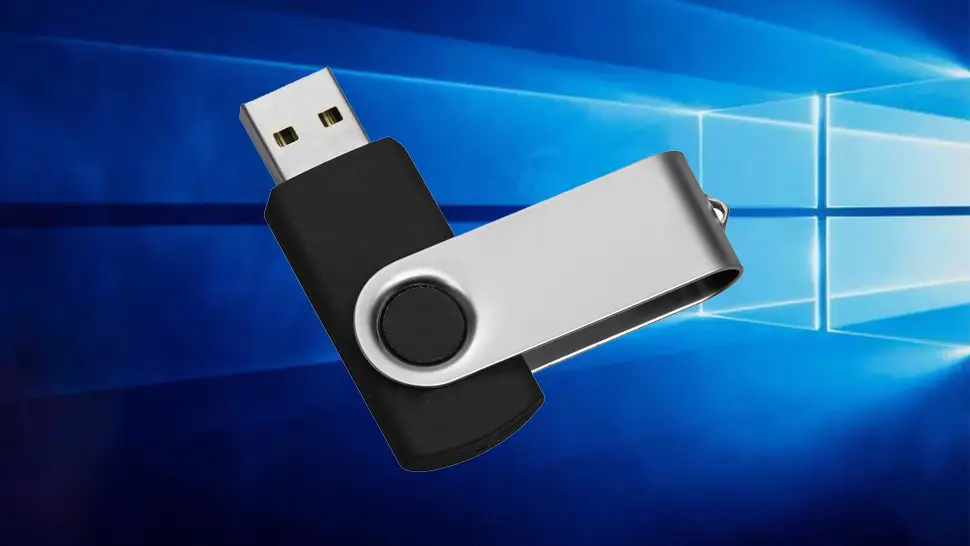Creating a bootable USB drive is a useful way to install or repair Windows 10 on your computer. One of the easiest ways to create a Windows 10 bootable USB drive is by using the Media Creation Tool, a built-in utility provided by Microsoft. In this tutorial, we will guide you through the steps to create a bootable USB drive using the Media Creation Tool.
Contents
- Recommended USB Drives
- Step 1: Download the Media Creation Tool
- Step 2: Select the USB flash drive option
- Step 3: Select the USB drive
- Step 4: Start the creation process
- Step 5: Use the bootable USB drive
- Conclusion
- See Also
- Further Reading
Recommended USB Drives
If you don’t already have a quality USB drive, I can highly recommend the following.
- Corsair Flash Survivor Stealth 128GB USB 3.0 Flash Drive
- SanDisk 128GB Ultra USB 3.0 Flash Drive
- SanDisk 128GB Ultra Flair USB 3.0 Flash Drive
- Kingston DataTraveler Exodia Onyx 128GB USB 3.2 Gen 1
- Samsung Type-C USB Flash Drive, 128GB (note this is a Type-C drive so you’ll need a USB Type-C port to use it)
Step 1: Download the Media Creation Tool
The first step is to download the Media Creation Tool from the official Microsoft website. Once downloaded, run the tool to begin the process.
Step 2: Select the USB flash drive option
After launching the Media Creation Tool, select the option to create installation media for another PC. Then, choose the language, edition, and architecture of Windows 10 that you want to install.
Step 3: Select the USB drive
Choose the USB flash drive option from the list and select the USB drive you want to use. Make sure that the USB drive has enough space (minimum 8GB) and is formatted to FAT32.
Step 4: Start the creation process
Once you have selected the USB drive, click on the Next button to begin the creation process. The Media Creation Tool will download the necessary files and install them on the USB drive.
Step 5: Use the bootable USB drive
Once the creation process is complete, you can use the bootable USB drive to install or repair Windows 10 on your computer. Insert the USB drive into the computer and restart it. Press the key that opens the boot menu (usually F12, Esc, or Del) and select the USB drive from the list of bootable devices. The computer will then boot from the USB drive and begin the Windows 10 installation process.
Conclusion
Creating a bootable USB drive using the Media Creation Tool is a simple and straightforward process. By following the steps outlined in this tutorial, you can create a bootable USB drive that can be used to install or repair Windows 10 on your computer. Make sure to keep the USB drive in a safe place and to backup all important files and data before proceeding with the Windows 10 installation process.
See Also
- Reset or Refresh Windows 10
- Fix Windows Errors with System File Checker
- How to Fix Windows 10 Automatic Repair Loop
- Perform disk error check (chkdsk) on Windows 10


Comments
There are currently no comments on this article.
Comment